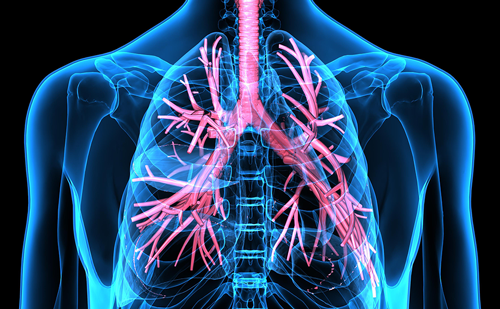World Tuberculosis (TB) Day is observed annually on 24 March to raise awareness about tuberculosis and to commemorate the discovery of the Mycobacterium tuberculosis bacterium (M.tb) by Dr Robert Koch in 1882. It aims to educate people about the impact of TB on public health, and encourage governments and organizations to take action towards ending the TB epidemic.
WATCH: Point-of-care ultrasound as a potential triage tool for TB (Part 1 & Part 2)
The theme for World TB Day 2023 is “Yes! We Can End TB”, emphasizing the hope in our collective power.
 While awareness is the aim, as Editorial Board member Prof. Juzar Ali (Louisiana State University Health Sciences Center, New Orleans, LA, USA) points out, there is a terrible irony buried in this mission, because “… in some countries, you really don’t need to make them aware because they are aware on a minute-by-minute and day-by-day basis.”
While awareness is the aim, as Editorial Board member Prof. Juzar Ali (Louisiana State University Health Sciences Center, New Orleans, LA, USA) points out, there is a terrible irony buried in this mission, because “… in some countries, you really don’t need to make them aware because they are aware on a minute-by-minute and day-by-day basis.”
READ: A snapshot of grassroots primary care and TB control in India
He goes on to highlight that the audience for awareness is a broad spectrum:
“It’s used to increase awareness, not just of the patients and their families so they can identify if they need help from the disease point of view, but also to increase the awareness of the health systems. The local and the regional organisations, whether they are national NGOs or otherwise, who help in the treatment of TB.”
The numbers reflect how widespread the threat of TB is across the world. The CDC estimates that in 2018, M.tb – the bacteria that causes TB – infected 1.7 billion people. That’s almost a quarter of the global population.
WATCH: A delamanid-bedaquiline regimen for rifampicin-resistant tuberculosis
Combined with the fact that TB has been considered second only to coronavirus disease 2019 (a pandemic which worsened the spread of TB) as one of the world’s most serious infectious disease, prioritizing investment in prevention, diagnosis, management and treatment is crucial – as is addressing the social determinants that drive the TB epidemic, such as poverty and inequality. This is becoming even more urgent in the face of challenges offered by drug-resistant TB, accelerating the need for more advanced methods of treatment.
 That said, “the past few years have been revolutionary for TB therapeutics,” insists Prof. Kelly E. Dooley (Director of the Division of Infectious Diseases at the Department of Medicine, Vanderbilt University Medical Center). She continues:
That said, “the past few years have been revolutionary for TB therapeutics,” insists Prof. Kelly E. Dooley (Director of the Division of Infectious Diseases at the Department of Medicine, Vanderbilt University Medical Center). She continues:
“We now have a 1-month treatment for latent TB, a 4-month treatment for drug-sensitive TB, and a 6-month treatment for highly drug-resistant TB. The pipeline of compounds in development for TB is fuller than it has ever been.”
READ: Multidrug-resistant tuberculosis – from epidemiology to treatment design
Prof. Ali makes it clear, though, that for successes to continue, better awareness is needed among:
“… every country that sits down every year and allocates budgets for various things. To know that this is an ongoing problem.
It really, in my mind, speaks very poorly of the world leaders that even now after, you know, a hundred and more years, we are still talking about controlling TB and not talking about cure control and eradication.”
And Prof. Kelly E. Dooley shares a similar sentiment regarding treatment collaboration and stewardship for the future, saying:
“We will need global collaboration to accelerate the timelines for getting better treatments (including prevention) to the patients who need them most, including people with HIV, children, and pregnant women. As new diagnostics, molecular tests for resistance, and drugs are introduced, we will need to be good stewards of these tools in the fight for TB control.”





